What is the Left Hand Path and Right Hand Path?

I. In her haunting short story “The Lottery”, Shirley Jackson paints a disturbing portrait of a quaint village where residents gather on a sunny summer morning to enact a brutal annual tradition – the random selection and stoning of a community member. Jackson’s allegorical tale serves as a potent reminder of the perils of unthinkingly adhering to tradition and the vital necessity of critically examining cultural norms. Viewed through the lens of Jungian psychology and comparative mythology, “The Lottery” can be understood as a critique of the “Right Hand Path” – the drive to maintain order and uphold tradition at all costs – and an exhortation to embrace the transformative potential of the “Left Hand Path.”
II. Order vs Chaos: The Left Hand Path and Right Hand Path
The concepts of the Left Hand Path (LHP) and Right Hand Path (RHP) represent two fundamental drives or modalities that shape both individual development and the evolution of human societies. In broad strokes, the RHP is associated with order, tradition, conformity, and preservation of established norms and institutions. The LHP, in contrast, represents innovation, rebellion, and the introduction of novel, disruptive, sometimes unsettling ideas that can spur growth and prevent cultural stagnation.
As comparative mythologist Joseph Campbell observed, this dynamic interplay of tradition and transformation is an essential feature of the Hero’s Journey – the archetypal narrative of the individual who ventures beyond the bounds of the known world (the RHP) into the uncharted territory of the LHP. There, the hero faces trials and challenges that test them to their core, eventually emerging transformed, bearing precious new insights to share with their community. Campbell saw this archetypal process as vital for the health of individuals and cultures:
“The hero’s journey always begins with the call. One way or another, a guide must come to say, ‘Look, you’re in Sleepy Land. Wake. Come on a trip. There is a whole aspect of your consciousness, your being, that’s not been touched. So you’re at home here? Well, there’s not enough of you there.’ And so it starts.” (Campbell & Moyers, 1991, p. 113)
III. Dharma and Moksha: Order and Transcendence in Hindu
Thought The complementary yet opposing drives of the LHP and RHP find expression in the Hindu spiritual concepts of dharma and moksha. Dharma refers to the lawful order of the universe and one’s ethical duty to uphold that order by faithfully executing one’s social and familial obligations. Moksha, in contrast, represents the ultimate transcendence of all worldly attachments and concerns in the pursuit of spiritual liberation. As the Bhagavad Gita (c. 5th to 2nd century BCE) explains:
“Performing his duty, his own duty, a man attains perfection…Even by doing his own duty, vulgar duty, he wins the Highest” (Bhagavad Gita 18:45-46).
While dharma keeps the gears of society turning, the moksha impulse acts as an escape valve, preventing cultures from becoming too rigid, and infusing them with higher spiritual truths. Both are necessary for the smooth functioning and upliftment of human civilization.
IV. The Warrior and the Shaman: Archetypal Guardians of Tradition and Agents of Change
Psychologist Robert Moore, in his exploration of masculine archetypes, identified the Warrior and the Shaman as key embodiments of the RHP and LHP (Moore & Gillette, 1990). The Warrior archetype acts as a fierce protector of a society’s traditions and established order, reflexively opposing any perceived threats to the status quo. The Shaman, on the other hand, represents the drive for change and transformation. Shamans are the visionaries and boundary-crossers, voyaging into dark and unfamiliar regions of the psyche or cosmos, and returning with electrifying new perspectives that disrupt conventional certainties. As religion scholar Mircea Eliade noted:
“The shaman’s essential role in the defense of the psychic integrity of the community depends above all on this: men are sure that one of them is able to help them in the critical circumstances provoked by the inhabitants of the invisible world” (Eliade, 1964, p. 508).
The shaman’s unorthodox visions often provoke alarm and hostility from the warrior class, who may react with violence to suppress perceived heresies. This archetypal clash recurs throughout history, as revolutionary mystics and artists find themselves targeted by the power structures invested in preserving the status quo.
V. The Genetics of Politics: Are We Wired for Tradition or Transformation?
Intriguingly, the latest research in behavioral genetics and neuroscience hints that our propensity to align with the LHP or RHP may have biological underpinnings. Twin studies indicate that political orientation is significantly heritable, with genetic factors accounting for 30-60% of the variance in political attitudes (Hatemi et al., 2014). Genome-wide association studies have linked specific genetic variants to personality traits correlated with political ideology, such as openness to experience and conscientiousness (Lo et al., 2017).
Additionally, neuroimaging research reveals that liberal and conservative brains exhibit differential sensitivity to threat stimuli (Kanai et al., 2011). This suggests the tension between tradition and change, the RHP and LHP drives, may be embedded in our neural wiring – part of an evolutionary balancing act between preserving accumulated cultural wisdom and fostering adaptability in the face of shifting circumstances. As psychologist Jonathan Haidt observes in The Righteous Mind:
“We’re born to be righteous, but we have to learn what, exactly, people like us should be righteous about […] Moral matrices bind people together and blind them to the coherence, or even existence, of other matrices. This makes it very difficult for people to consider the possibility that there might really be more than one form of moral truth, or more than one valid framework for judging people or running a society.” (Haidt, 2012, p. 368)
VI. Dancing Between Order and Chaos: Cultivating Cultural Balance
For individuals and societies to flourish, we must recognize and appreciate the crucial roles played by both the LHP and RHP modalities. The RHP’s emphasis on preserving hard-won knowledge and maintaining coherent value systems provides an essential foundation of meaning and stability. Meanwhile, the LHP’s relentless drive for transformation and its capacity to shatter calcified dogmas keeps cultures supple and prevents them from succumbing to stagnation or collapse.
The health of a society depends on creating space for both the guardians of tradition and the revolutionary visionaries – for the Warrior’s valor and the Shaman’s cosmic voyages. When these archetypal energies fall out of balance, we get stultifying authoritarianism on one hand or directionless anomie on the other. The key is to embrace the necessity of both Order and Chaos, to gracefully navigate between the Apollonian and Dionysian, the known and the unknown. As Campbell poetically expressed:
“The hero adventures out of the land we know into darkness; there accomplishes his adventure…and his return is described as a coming back out of that yonder zone. Nevertheless…the two kingdoms are actually one. The realm of the gods is a forgotten dimension of the world we know. And the exploration of that dimension, either willingly or unwillingly, is the whole sense of the deed of the hero.” (Campbell, 2008, p.188)
By honoring both the RHP and LHP within our own psyches and in our cultural institutions, we open ourselves to the transformative power of the Hero’s Journey. Embracing this perennial wisdom allows us to more nimbly meet the challenges of a rapidly mutating world, as we each play our role in the eternal, evolutionary dance of Order and Chaos.
Bibliography:
Bhagavad Gita (c. 5th to 2nd century BCE)
Campbell, J. (2008). The Hero With a Thousand Faces (3rd ed.). New World Library.
Campbell, J., & Moyers, B. (1991). The Power of Myth. Anchor.
Eliade, M. (1964). Shamanism: Archaic Techniques of Ecstasy. Bollingen Foundation.
Hatemi, P. K., Medland, S. E., Klemmensen, R., Oskarsson, S., Littvay, L., Dawes, C. T., Verhulst, B., McDermott, R., Nørgaard, A. S., Klofstad, C. A., Christensen, K., Johannesson, M., Magnusson, P. K. E., Eaves, L. J., Martin, N. G. (2014). Genetic Influences on Political Ideologies: Twin Analyses of 19 Measures of Political Ideologies from Five Democracies and Genome-Wide Findings from Three Populations. Behavior Genetics, 44(3), 282–294.
Jackson, S. (1948). The Lottery. In The Lottery and Other Stories. Farrar, Straus.
Jung, C. G. (1981). The Archetypes and the Collective Unconscious (2nd ed., Vol. 9). Princeton University Press. (R. F. C. Hull, Trans.).
Kanai, R., Feilden, T., Firth, C., & Rees, G. (2011). Political Orientations Are Correlated with Brain Structure in Young Adults. Current Biology, 21(8), 677–680.
Lo, M.-T., Hinds, D. A., Tung, J. Y., Franz, C., Fan, C.-C., Wang, Y., Smeland, O. B., Schork, A., Holland, D., Kauppi, K., Sanyal, N., Escott-Price, V., Smith, D. J., O’Donovan, M., Stefansson, H., Bjornsdottir, G., Thorgeirsson, T. E., Stefansson, K., McEvoy, L. K., Chen, C.-H. (2017). Genome-wide analyses for personality traits identify six genomic loci and show correlations with psychiatric disorders. Nature Genetics, 49(1), 152–156.
Moore, R., & Gillette, D. (1990). King, Warrior, Magician, Lover: Rediscovering the Archetypes of the Mature Masculine. HarperCollins.
Upanishads. (c. 8th to 5th century BCE)

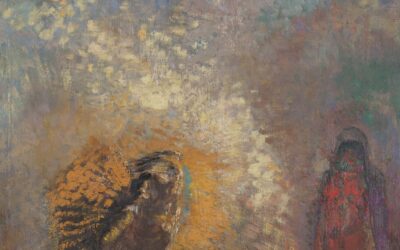

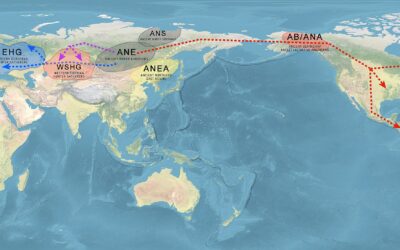
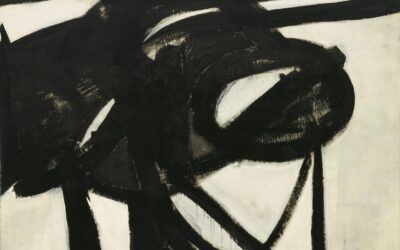
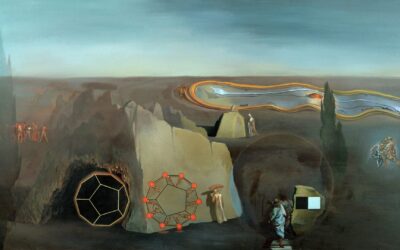

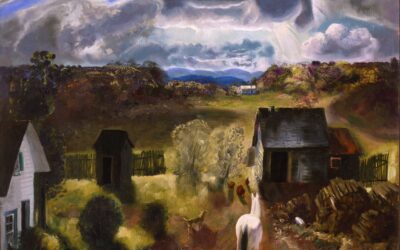
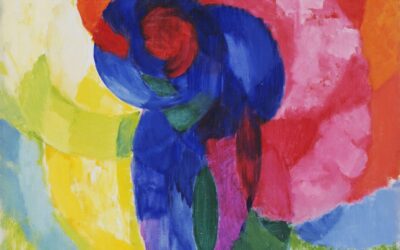
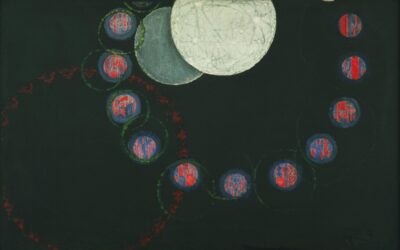
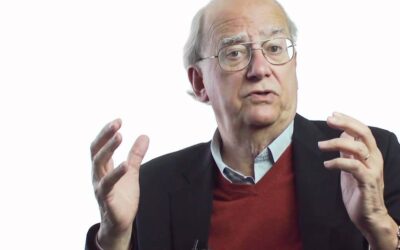
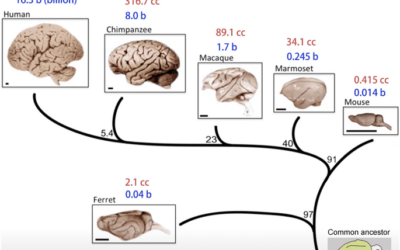
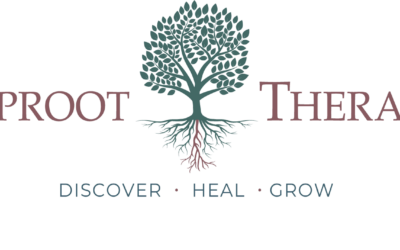
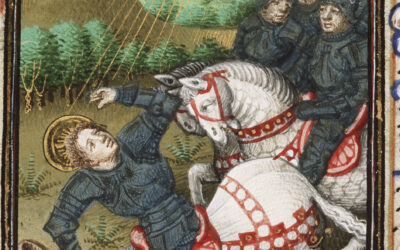
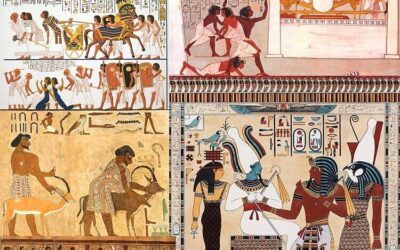
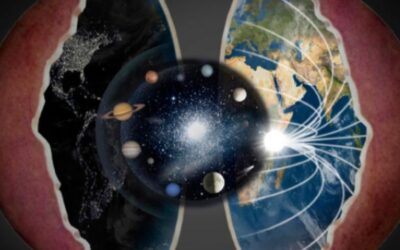
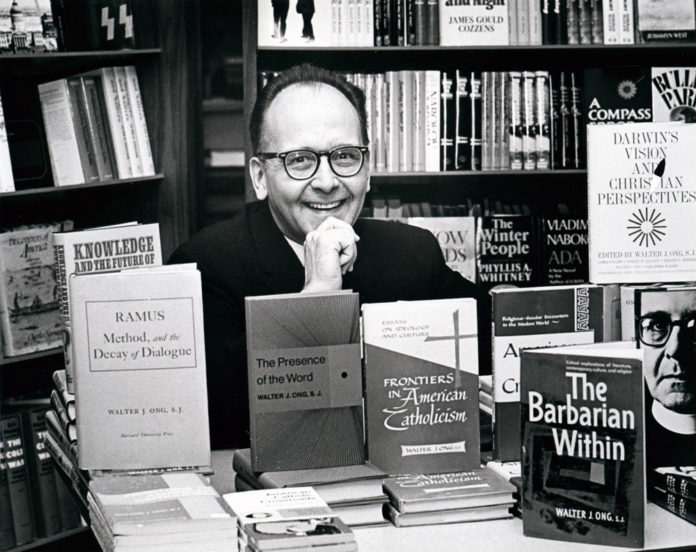
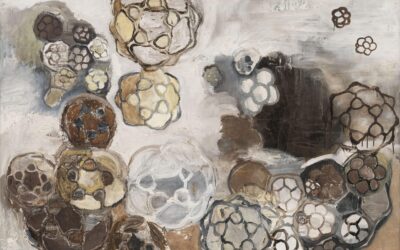
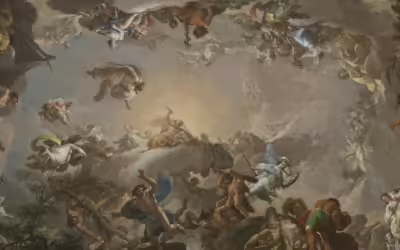
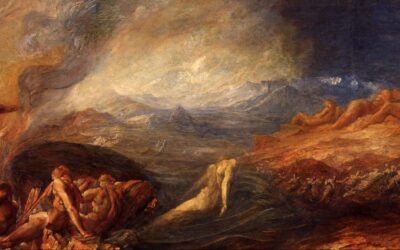
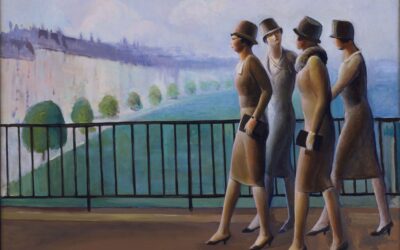
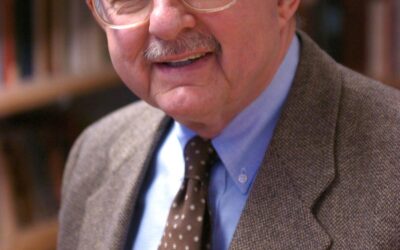
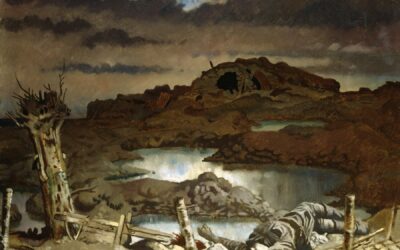
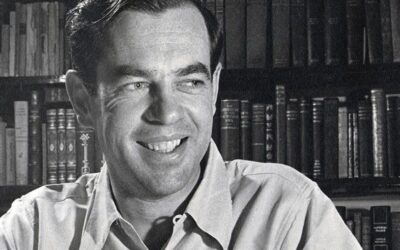
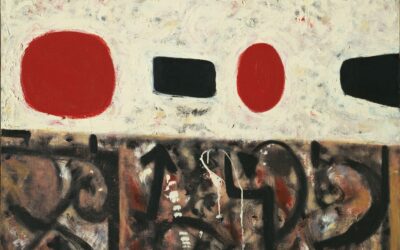

0 Comments